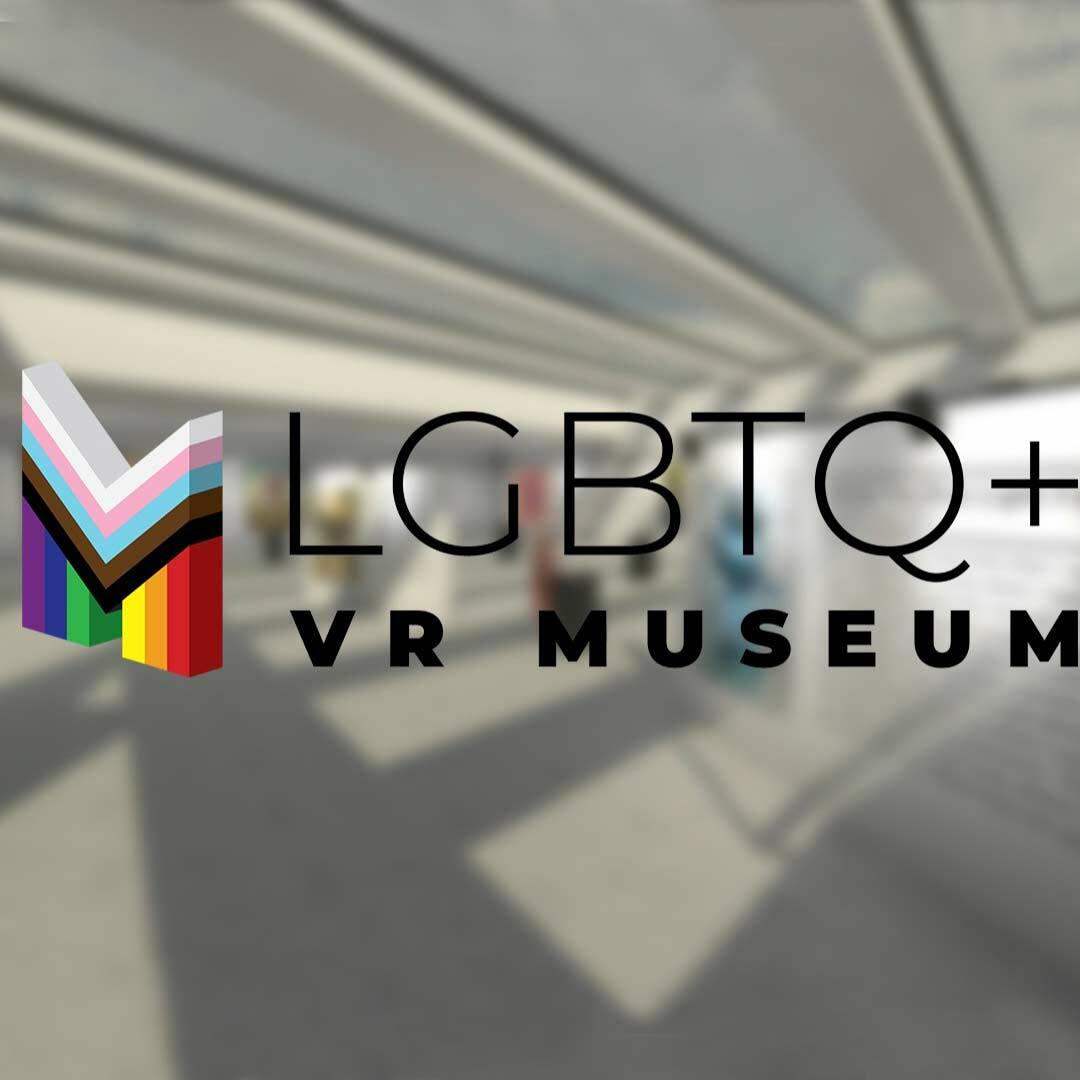Summary
Last year, Deloitte co-created a very special space designed to share stories from the LGBTQ+ community. It was immersive, it was moving and it taught us a lot about how technology can be used to change the world for the better.
Stories are how we understand the world. And when we’re given the space to share our own, they’re how the world understands us too.
But not everyone gets the same opportunity to share their story, or to hear stories that they connect with. Which is just as important in our personal lives as it is where we spend most of our days – at work.
Technology can change that – when used in the right way. It gives us new ways to share. And new ways to listen. It can change who tells the story. And importantly, who it reaches. Which is a good thing for all of us – including business.
Last year, we had the opportunity to co-create a very special space doing just that. Here's the story of the people who helped bring it to life and what it inspired:
Building the world you want to see
It all started with an idea by Antonia Forster, who is a Senior VR/AR Technical Specialist at Unity, a leading 3D content and software development platform.
“My own experience of coming out as queer was not easy,” explains Antonia Forster, creator of the museum. “I couldn’t help but feel that if the people who were hostile had been able to visit a space like a museum that celebrated queer stories, they would have reacted differently.”
Building a real museum would be tricky – but using her coding skills Antonia could build a virtual one. So that’s what she set out to create.
Picture it: built using augmented reality technology, the museum exhibits 3D scans of real-life objects chosen by people in the LGBTQ+ community – all accompanied by their story, told in their own voice and brought to life by simply putting on a virtual reality (VR) headset.
There was a pair of wedding shoes. A teddy bear and a feather headdress. A life-size sculpture. The virtual space also showcases artwork and illustrations by queer artists from across the globe.
It was a huge project. But she didn’t do it on her own; collaborating with business would give her the scale and influence she needed to make her idea matter.
Using technology to create inclusive experiences
Inspired by Antonia’s story, Ed Greig and the team at Deloitte Digital wanted to lend their resources to the museum and the stories that it celebrates. As Antonia curated the space, our team of developers and designers worked behind-the-scenes; running demos across the firm, working to get the technology ready, and imagining how each session would be experienced by visitors.
“When you work on something like the LGBTQ+ VR museum, you realise how much technology can do,” says Yo-En Chin, a designer who worked on the project. “On paper, it sounds incredibly cool, but it is so powerful to experience it. We want to continue to use technology to create inclusive, accessible experiences.”
The museum is a powerful example of how technology can be used to break down barriers and build new worlds. First exhibited in a pop-up exhibition space in Clerkenwell, London and then touring Deloitte offices across the UK, the museum has since been visited by over 900 people, including clients, colleagues, universities, and charities.
And, if you were unable to catch it in person, we created an augmented reality filter delivered through Instagram so selected artifacts from the museum could come to you.
Inspiring thousands of messages of hope, pride and joy…
Every good story has a plot twist. After walking around the museum and listening to the stories of the exhibitors, visitors were encouraged to share their own. Hundreds of people picked up a pen and shared their experiences, feelings and reflections.
We were moved by the response and created a collection of postcards inspired by the messages – all designed to encourage those within the community to keep sharing.
On one side, a hand-illustrated design. On the other, space for people to add their own message and send it to someone. To someone they love. To someone they’re proud of. To someone who needs support. To themselves.
This is just one example of how technology, when used in a purposeful way, can bring people together. And so the story continues...
And the moral of the story?
The LGBTQ+ VR museum, and the stories that it inspired, shows how technology can help make a difference on the things that matter.
The reactions to the museum have been heart-warming, but the practical lessons for business stayed with us long after. Both in terms of soft skills – how to approach a problem with empathy, curiosity and self-reflection – but also when it comes to harnessing emerging technology to create immersive experiences, and using our position to offer a platform to scale game-changing ideas.


Opens in new window





